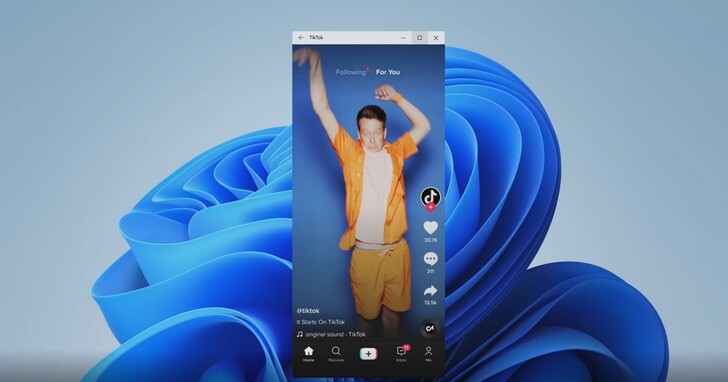In a presentation at the June 24 launch event last year, Microsoft confirmed that Windows 11 will be able to run Android apps. Microsoft uses Bridge technology from Intel to make software and hardware of different architectures compatible with each other by recompiling code in real-time to run Android apps on
Windows 11. However, when Windows 11 was officially launched on October 5 last year, this much-anticipated feature was not yet available, and Microsoft said it would take several months to do related tests.

Recently, Panos Panay, head of Windows and devices, wrote on the official blog, confirming that Microsoft is preparing to make its first major update to Windows 11 next month. Content includes the addition of a preview version of Windows Subsystem for Android to the Microsoft Store, a redesigned Notepad and multimedia player, and improvements to the taskbar.
In fact, Microsoft has previously released a preview version of Windows Subsystem for Android to eligible Windows Insider members, as well as testing new versions of Notepad and multimedia players. This Windows Subsystem for Android is still a preview version, and there may be changes in future functions. The Windows 11 taskbar is one of the most complained about the design of the new operating system, due to the lack of certain features, such as displaying the time on multiple screens, dragging and dropping files, and resizing.
Panos Panay said that users can upgrade Windows 11 twice as fast as Windows 10, and the new version of the operating system has tripled the traffic of the Microsoft Store. The new Microsoft Store seems to be popular with users. Microsoft is rolling out Windows 11 to eligible PCs, and the rollout will be done in batches to mid-2022, earlier than originally planned.






